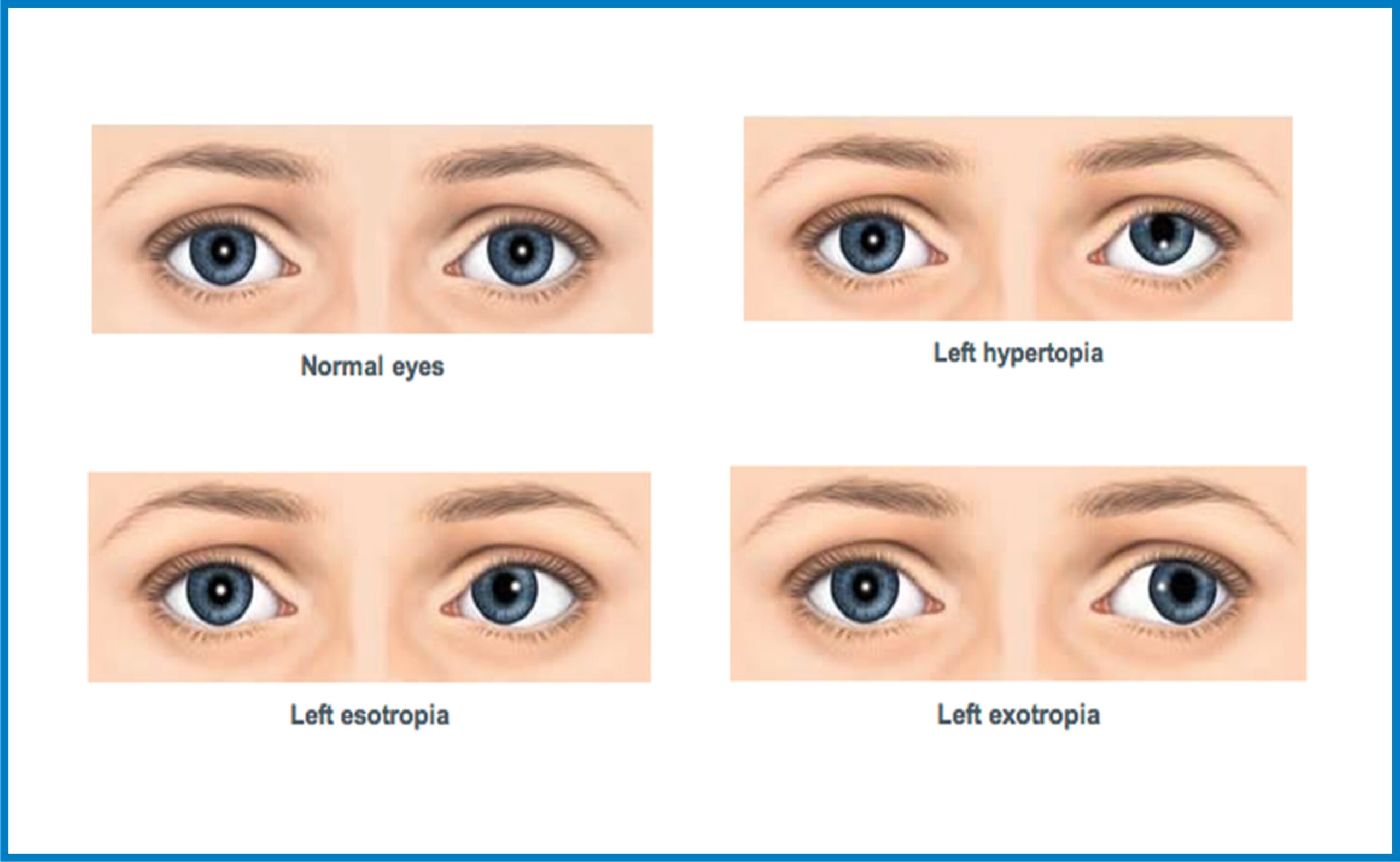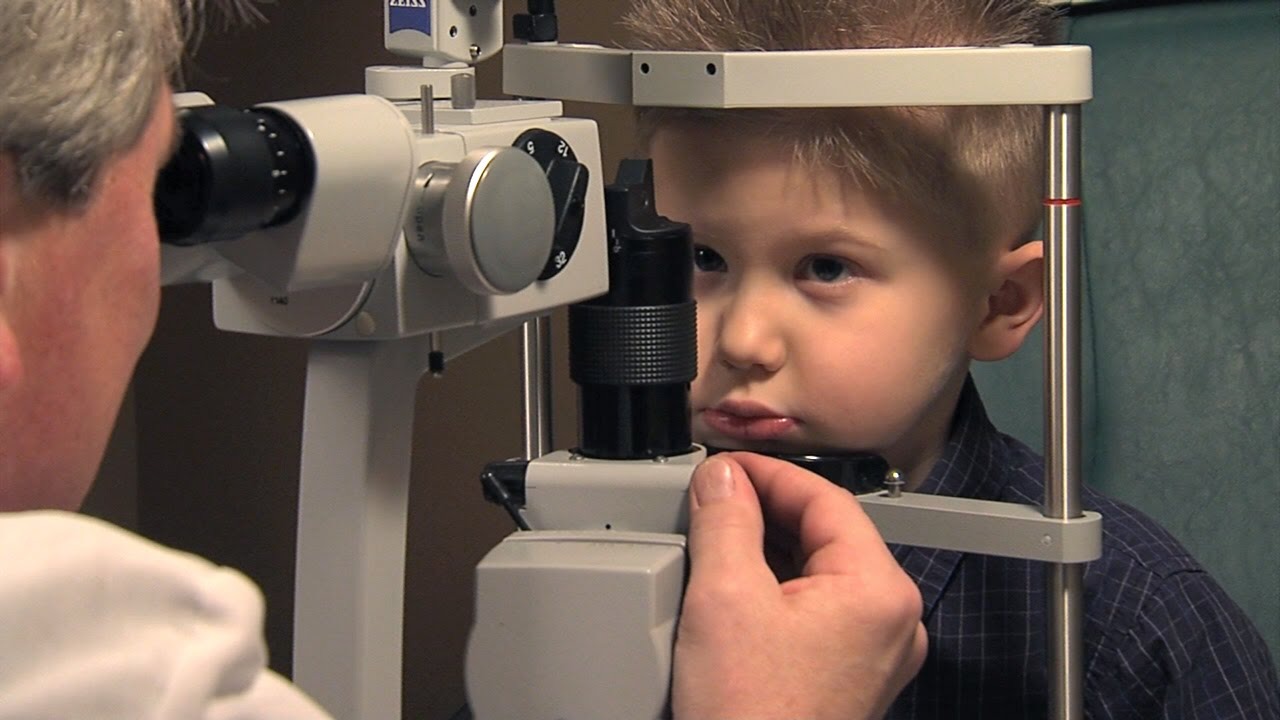Strabismus, commonly known as squint or crossed eyes, is a condition that affects children’s eye health and development. It occurs when the eyes are misaligned and do not work together as a team, pointing in different directions. This condition can lead to various visual and psychological issues if not detected and managed early. In this comprehensive article, we will discuss what strabismus is, how to detect it in children, and the options available for its management.
Understanding Strabismus

Strabismus in children is often described as one eye turning inward, outward, upward, or downward while the other eye remains straight. This misalignment can be constant or intermittent and may affect one or both eyes. The misalignment disrupts binocular vision, which is the ability to use both eyes together to perceive depth and three-dimensional vision accurately.
Strabismus can be classified into different types:
- Esotropia: This occurs when one or both eyes turn inward, towards the nose.
- Exotropia: In this type, one or both eyes turn outward, away from the nose.
- Hypertropia: One eye is higher than the other, leading to a vertical misalignment.
- Hypotropia: One eye is lower than the other, resulting in a vertical misalignment.
Detecting Strabismus in Children

Detecting strabismus in children is essential for early intervention and treatment. Parents, caregivers, and healthcare professionals should be vigilant for signs and symptoms, including:
- Misaligned Eyes: The most obvious sign is the misalignment of one or both eyes. This misalignment may be constant or intermittent.
- Squinting or Closing One Eye: Children with strabismus may squint or close one eye to improve their vision or reduce double vision.
- Tilting the Head: Some children tilt or turn their heads to compensate for the misalignment, allowing them to see better.
- Reduced Depth Perception: Strabismus disrupts binocular vision, leading to poor depth perception and difficulties judging distances.
- Double Vision: Misaligned eyes can result in double vision, which is particularly bothersome for children.
- Abnormal Head Positions: Children may adopt abnormal head positions to align their eyes and improve focus.
Parents must observe these signs and consult an eye care professional if they notice any of them in their child. Early detection and intervention are key to successful management.
Causes and Risk Factors
Strabismus in children can have various causes and risk factors, including:
- Heredity: A family history of strabismus increases the likelihood of a child developing the condition.
- Refractive Errors: Uncorrected nearsightedness, farsightedness, or astigmatism can lead to strabismus.
- Amblyopia: Also known as lazy eye, amblyopia often accompanies strabismus. One eye becomes weaker because the brain begins to favour the other eye, leading to visual impairment.
- Medical Conditions: Certain medical conditions, such as cerebral palsy or Down syndrome, are associated with an increased risk of strabismus.
- Eye Injuries: Trauma or injuries to the eye area can cause strabismus.
The Importance of Early Intervention
Early intervention is crucial when it comes to managing strabismus in children. When left untreated, strabismus can lead to several problems, including:
- Amblyopia: The brain may start to ignore the misaligned eye, leading to permanent vision loss in that eye.
- Reduced Depth Perception: Strabismus interferes with binocular vision, making it challenging to perceive depth accurately.
- Psychosocial Impact: Children with strabismus may experience self-esteem issues, embarrassment, and social difficulties due to their appearance or vision problems.
- Academic Challenges: Strabismus can affect a child’s ability to read, write, and concentrate in school.
- Loss of Career Opportunities: Untreated strabismus may limit future career choices due to reduced depth perception and vision impairment.
Treatment Options for Childhood Strabismus at Sanjeevan for Perfect EyeSight
Sanjeevan for Perfect EyeSight offers a holistic solution for Strabismus, benefiting over 5000+ people who have witnessed remarkable improvements in their vision through our treatments. Our approach to the treatment of children incorporates a variety of non-surgical and natural methods, ensuring a comprehensive and effective approach to eye health.
- Vision Therapy: Vision therapy involves diverse eye activities and encompasses a variety of therapies and exercises. These include tasks like reading charts from a distance, specific movements while exposed to sunlight, and various activities. The goal is to enhance patients’ visual function, aiding in-depth perception, light perception, and the ability to adjust to different distances.
- Extraocular Muscle Coordination: Treatment focuses on enhancing coordination among the extraocular muscles, leading to improved binocular vision and depth perception.
- Diplopia Correction: The therapy corrects Diplopia (double vision) for patients with strabismus.
- Amblyopia Prevention: Sanjeevan’s approach aims to prevent Amblyopia (lazy eye) by ensuring both eyes remain functional.
- Nerve Conditioning: The treatment includes nerve conditioning for better control of extraocular muscles.
- Muscle Strengthening: Extraocular muscle strengthening is a key component of the therapy.
- Nutritional Supplements: Children are provided with specialised nutritional supplements to support retinal and overall eye health.
- Progressive Improvement: Patients experience gradual improvements in vision throughout the course of treatment.
- Non-Surgical Approach: The treatment avoids invasive surgical procedures, providing a natural and effective solution for children’s strabismus.
Strabismus in children is a common condition that can have significant consequences if not detected and managed early. With the right treatment and support, children with strabismus can enjoy improved eye health, better self-esteem, and a brighter future.
